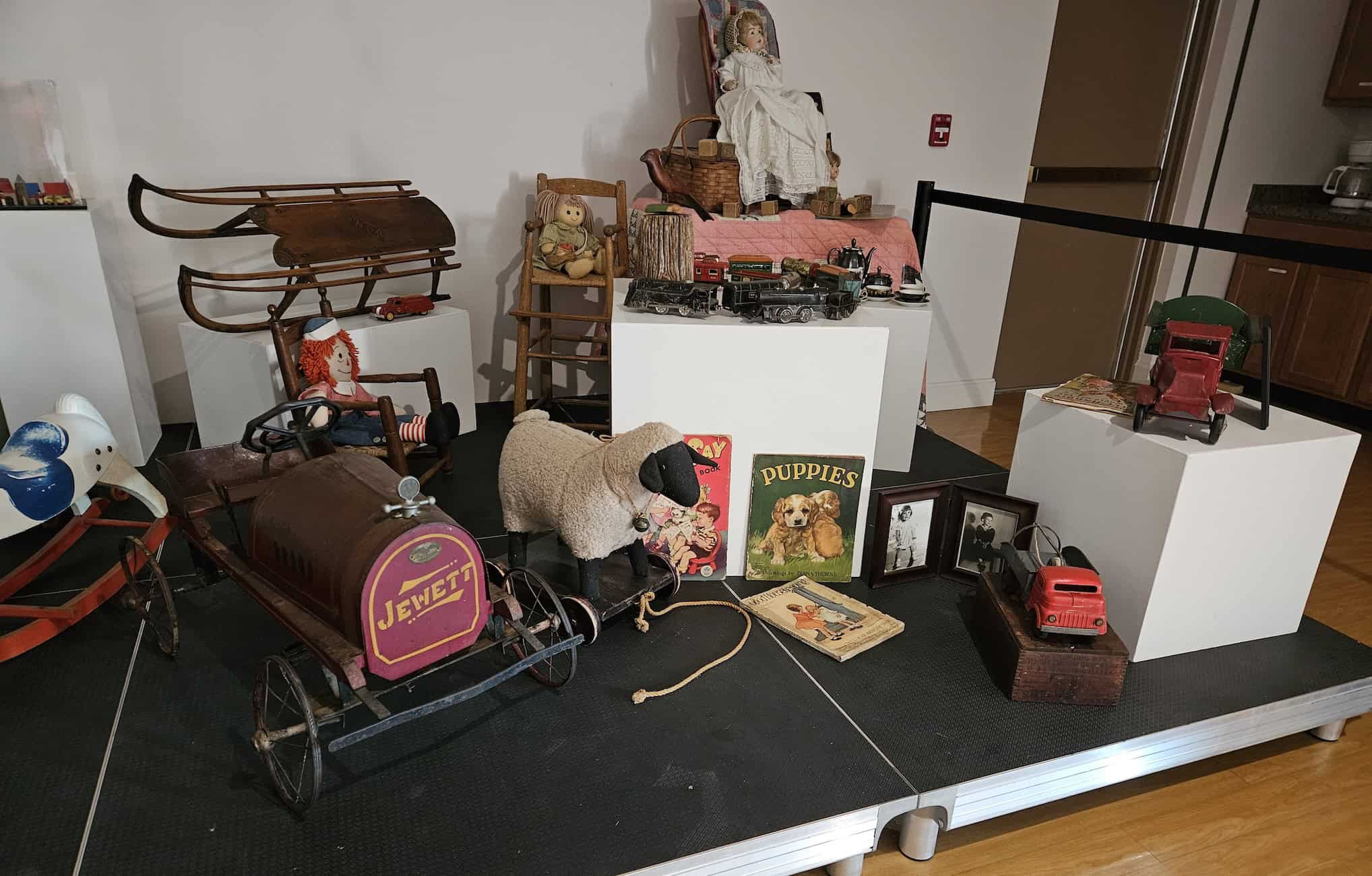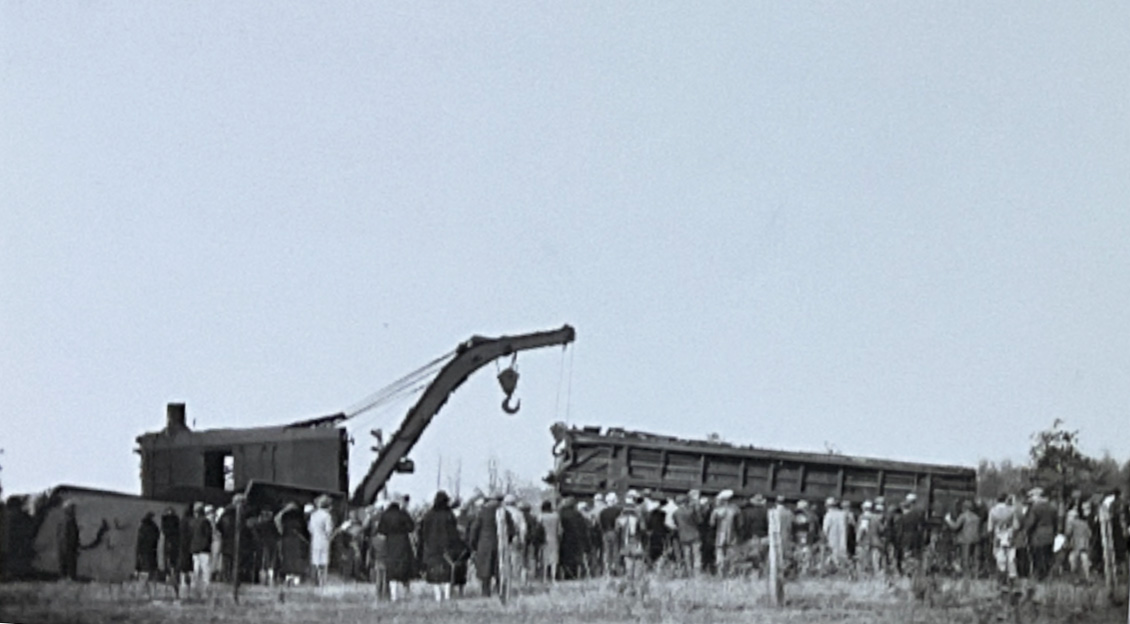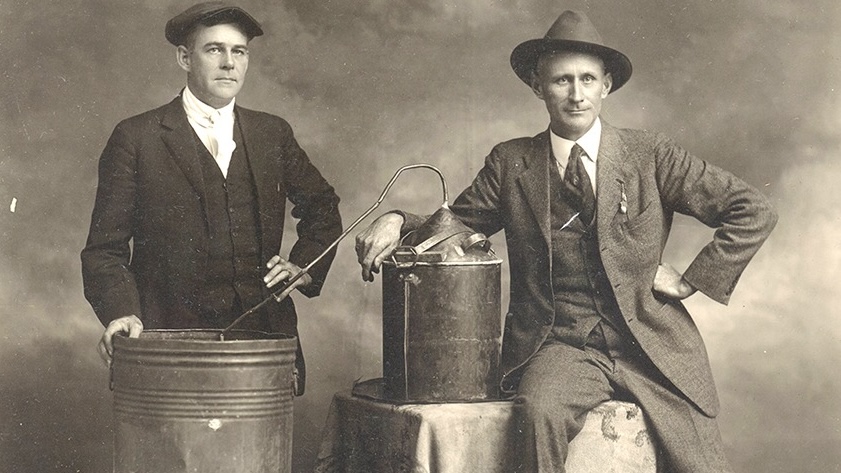Excepted From Theodore H. Wolff’s (C.W.C. 1929) A History of Central Wesleyan College
According to the census of 1880, the United States had a German-speaking population of 5,000,000 people. The number increased every year by hundreds of thousands through the great immigrations. In 1883, 250,000 came streaming into our mid-west. Along the great rivers, the Ohio, the Mississippi, and the Missouri and their tributaries these refugees found land and liberty.
Among these multitudes there were two types of preachers: 1) young immigrants who had felt the call to proclaim the Gospel in the German language and 2) German Circuit Riders.
Early, the necessity was revealed that proper provisions for the training of an efficient Ministry and the religious education of the laity must be considered. The necessity was an important factor in the healthy growth of German Methodism.
Central Wesleyan College had its origin in the desire to train young men for the German Ministry of the Methodist Episcopal Church and to give the children of German parentage an opportunity to acquire a knowledge of the language of their fathers.

Under pressure of these motives, a company of German Methodist Ministers met in 1852 and determined to form a German-American College, the “German and English College” in Quincy, IL.
In the meantime, the death and desolation of the Civil War continued. The German preachers were filled with secret hope…that they would be able to establish an independent institution. That time seemed to come in the midst of the Civil War, strange as it may seem.
A convention of German Methodists met…in 1864 to decide whether or not to establish a self-supporting institution. The Civil War had produced many orphans, which as one of the delegates said, “went straight to our hearts.” This convention considered ways of helping the needy of the German Methodist Episcopal Church.
It was decided, as a result of their deliberations, that a twin institution should be set up up, the words are “Doppel-Anstalt,” double institution. The first need was for an orphan–and along with it–a higher education institute for the youth of the German Church in the West.
A suitable place for this twin institution, Warrenton, MIssouri, was chosen because of its wholesome location in the midst of a strong German population, the beauty of its surroundings, its nearness to St. Louis, “and other reasons.”
The Missouri state legislature bestowed on the new undertaking the name, “Western Orphan Asylum and Education Institute.”
According to the terms of the charter, all students of good moral character without regard to creed should be admitted to the school. On this broader foundation of Christian philanthropy…the following curriculum was adopted: The Classics, General Culture Courses, the Normal Courses, and Commercial courses. The total (initial) enrollment was 179, including orphan children and the needy elementary department.
In 1868 a desire manifested itself among the students for more advanced work.
In 1869 the studies were considerably broadened and through an amendment to the charter the name of the institution was changed to the “Central Wesleyan College and Orphan Asylum.”
The Warren Historical Society has a permanent exhibit on display at the Museum about the college and orphan home.





